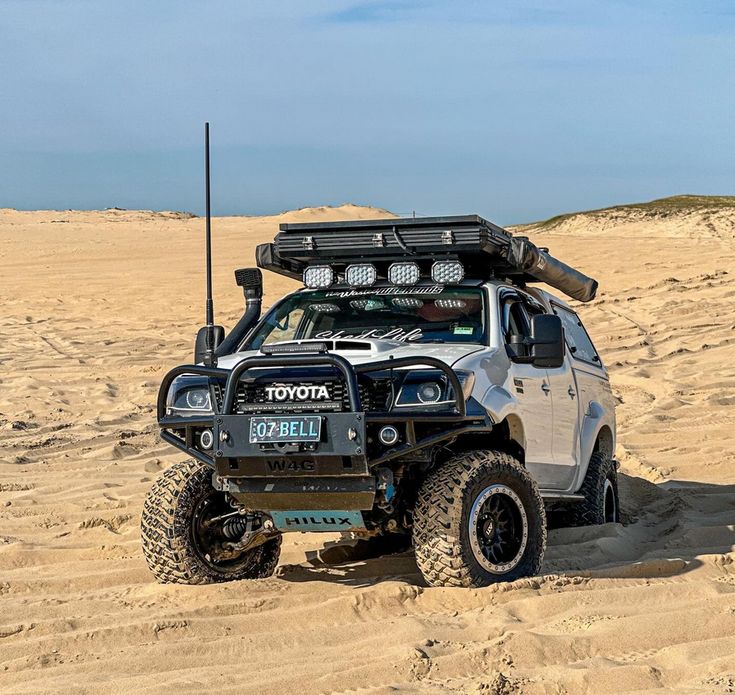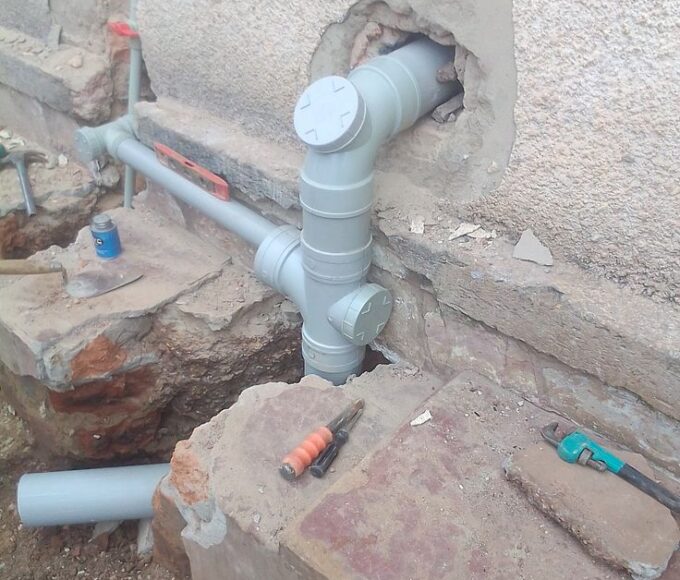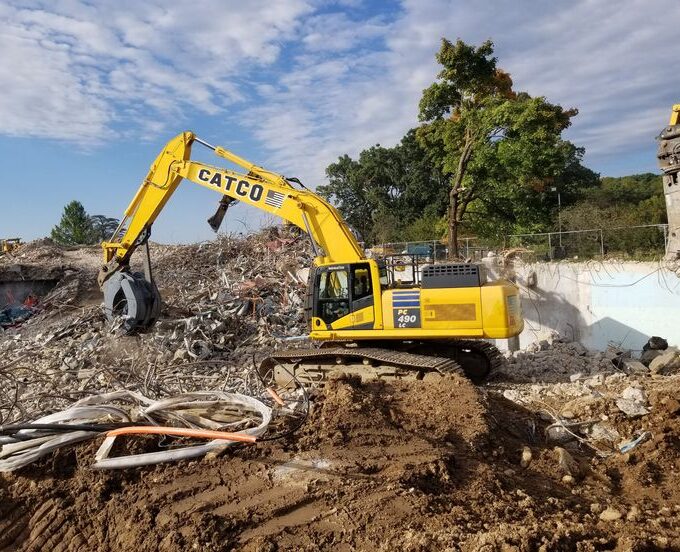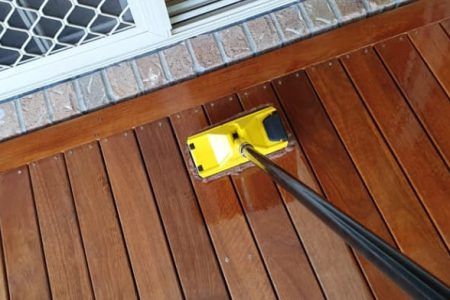When adventure calls, the last thing you want to worry about is whether your 4WD can handle water crossings or dusty trails. Enter the snorkel—a vital accessory for any off-road enthusiast looking to enhance their vehicle’s performance in challenging conditions. Not only do snorkels provide a higher intake point for engine air, but they also serve as a protective barrier against both water and dust intrusion.
Whether you’re navigating through flooded roads or kicking up dirt on rough terrain, having a reliable snorkel can make all the difference. It keeps your engine safe and improves airflow, which means better efficiency when tackling those rugged paths. So if you’re ready to dive into what makes a quality snorkel essential gear for your next escapade, let’s explore this game-changing component that every serious 4WD driver should consider!
What is a Snorkel and Why is it Important for 4 Wheel Drives?
A snorkel is an aftermarket accessory designed specifically for 4WD vehicles. It elevates the air intake point, allowing your engine to breathe cleaner air while traversing challenging terrains.
When you encounter deep water or dusty trails, a snorkel helps prevent water and debris from entering the engine. This protection is crucial because even small amounts of contaminants can cause significant damage over time.
Additionally, a snorkel improves airflow to the engine, enhancing performance in tough conditions. With better air quality reaching your engine, you’ll experience improved power and fuel efficiency.
For off-road enthusiasts, having a reliable snorkel means peace of mind when facing unpredictable environments. It’s not just about function—it’s also about safeguarding your investment and ensuring that you can tackle any adventure without hesitation.
Top Features to Look for in a 4WD c
When selecting a 4WD snorkel, consider the material. High-quality choices include plastic, steel, and aluminum. Each offers unique benefits in durability and weight.
Next, ensure proper fitment to your vehicle model. A well-fitting snorkel minimizes water entry while enhancing airflow to the engine.
Look for features like UV resistance. This protects against sun damage over time, ensuring longevity during off-road adventures.
Water capacity is another important factor. A snorkel designed for high water flow can improve performance when crossing rivers or muddy terrains.
Ease of installation matters. Some models offer straightforward DIY options, which can save you both time and money on professional installation services.
Best Snorkels on the Market: Product Reviews and Comparison
When it comes to selecting the best snorkel for your 4WD, several options stand out in terms of performance and durability.
The ARB Safari Snorkel is a favorite among off-road enthusiasts. Its high-quality construction ensures excellent water and dust protection while enhancing engine performance.
Alternatively, the TJM Airtec Snorkel offers an innovative design that improves air intake efficiency. Its sleek appearance blends well with various vehicle models.
For those on a budget, the Ironman 4×4 Snorkel provides solid protection without breaking the bank. It’s designed specifically for rugged terrains and harsh weather conditions.
Another notable mention is the Dobinsons Snorkel, which boasts exceptional airflow capabilities. It’s made from UV-stabilized plastic to withstand outdoor elements effectively.
Each of these snorkels presents unique advantages tailored to different driving needs and preferences. Always consider compatibility with your specific vehicle model before making a choice.
Proper Installation and Maintenance of a 4WD Snorkel
Installing a 4WD snorkel is crucial for optimal performance. Begin by gathering the right tools and materials. Ensure you have a drill, saw, and sealant to create watertight seals.
Start with precise measurements on your vehicle. Double-check alignment before making any cuts. A small mistake can lead to significant issues later.
After installation, regular maintenance is key. Inspect the connections frequently for wear or cracks. Clean out any debris from the snorkel intake to prevent clogging.
When washing your vehicle, pay special attention to the snorkel area. Dirt and dust can accumulate quickly, impacting airflow.
Check rubber fittings periodically as well; they may need replacement over time due to exposure to various elements.
Taking these steps will help ensure that your snorkel functions effectively in both water crossings and dusty environments.
Additional Tips for Protecting Your Vehicle from Water and Dust
To enhance your vehicle’s protection, consider investing in high-quality seals and gaskets. These components prevent water and dust from entering sensitive areas, especially around doors and windows.
Regularly inspect the undercarriage for any signs of wear or damage. Mud and debris can accumulate here, leading to rust over time. A thorough wash after off-road trips can help maintain its pristine condition.
Using mud flaps is another effective way to reduce debris impact on your vehicle’s body. They deflect loose soil, reducing the chances of scratches and paint chips.
Incorporating a good wax or sealant on exterior surfaces adds an extra layer of defense against moisture and dirt buildup. It also makes cleaning easier after a day out exploring rugged terrains.
Comparison of Different Types of Snorkels: Plastic vs Steel vs Aluminium
When it comes to choosing a snorkel for your 4WD, the material can significantly impact performance and durability. Each type of snorkel—plastic, steel, and aluminum—offers distinct advantages.
Plastic snorkels are lightweight and resistant to corrosion. They tend to be more affordable than their metal counterparts. However, they may not withstand extreme impacts as well as other materials.
Steel snorkels boast exceptional strength and durability. They provide excellent protection against physical damage during off-road adventures but can be prone to rust if not properly maintained.
Aluminum combines the best of both worlds; it’s lighter than steel while offering superior resistance to corrosion compared to plastic options. This makes aluminum snorkels a popular choice among serious off-road enthusiasts who prioritize both weight savings and durability.
Selecting the right material depends on your specific needs and driving conditions. Whether you prefer the affordability of plastic or seek the ruggedness of steel or aluminum, understanding these differences will guide you towards making an informed decision for optimal water and dust protection in your 4WD adventures.













Leave a comment